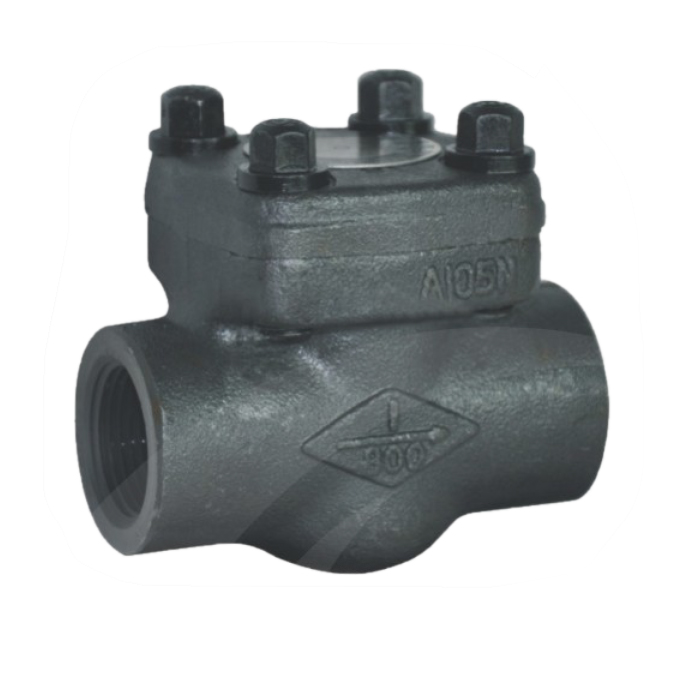What if the valve body rusts? Detailed description of connection mode of multi-turn valve drive device (I)
With the progress of skills, industrial production of high temperature, high pressure, deep cold, high vacuum, strong corrosion, radioactive, flammable and explosive and other high parameters of chaotic conditions are increasing, and then put forward higher and more stringent requirements for the safety of the use of the valve, the function of the firm and service life.
Since corrosion occurs in the spontaneous interaction between metal and the surrounding environment, how to isolate metal from the surrounding environment or use more non-metallic synthetic materials is the focus of corrosion prevention. Valve corrosion, usually understood as the valve metal material in the chemical or electrochemical environmental action by the destruction.
Valve body corrosion in two forms, namely chemical corrosion and electrochemical corrosion. Its corrosion rate depends on the temperature, pressure, chemical properties of the medium and the corrosion resistance of the body material. Corrosion speed can be divided into six levels:
1, complete corrosion resistance: corrosion speed less than 0.001 mm/year;
2, very corrosion resistance: corrosion speed 0.001 to 0.01 mm/year;
3, corrosion resistance: corrosion speed 0.01 to 0.1 mm/year;
4, corrosion resistance: corrosion speed 0.1 to 1.0 mm/year;
5, poor corrosion resistance: corrosion speed 1.0 to 10 mm/year;
6, corrosion resistance: corrosion speed is greater than 10 mm/year.
Although the data of valve body corrosion prevention is very rich, but it is not easy to choose properly, because the problem of corrosion is very complex, so what are the protection methods of valve body corrosion?
First of all, choose the right materials. The choice of valve body material is difficult, but also can not only consider the problem of corrosion, must consider the pressure and temperature resistance, economic reasonable, easy to buy and other factors.
It is to take lining measure next, if line lead, line aluminum, line engineering plastic, line natural rubber and all sorts of synthetic rubber. If medium conditions permit, this is a way to save.
Again, in the case of low pressure and temperature, using non-metal as the main material of the valve can often be very effective in preventing corrosion.
In addition, the outer surface of the valve body is also subject to atmospheric corrosion, general steel materials are to brush paint to protect.
(a) a device used to operate and connect a valve. The device can be driven by manual, electric, pneumatic, hydraulic or their combination of power sources, and the movement process can be controlled by stroke, torque or axial thrust. Use the letter F and a set of two digits (the digits are the values corresponding to D3, rounded down and divided by 10). The axial force transmitted by connecting the flange and the drive through the drive device is expressed in Newton (N). The rotational moment transmitted by connecting the flange to the drive through the drive device is expressed in Newton meters (N “m).
1, scope,
This standard specifies the terms and definitions of multi-turn valve drives, flange codes and their corresponding greater torque and greater thrust. Dimensions of flange connected with valve, structure and dimensions of drive parts.
This standard applies to the connection dimensions of valve drives to valves for gate, globe, throttle and diaphragm valves, as well as the connection dimensions of drive devices to gear boxes and gear boxes to valves.
2. Normative reference documents
The provisions of the following documents are incorporated into this international standard by reference. All subsequent amendments (excluding errata) or revisions to dated references do not apply to this international Standard. However, parties to an agreement under this International Standard are encouraged to investigate the availability of *** versions of these documents. *** versions of undated references apply to this international Standard.
GB/T 196 Common thread basic dimensions (GB/T 196-2003,IS0 724; 1993,MOD)
3. Terms and Definitions
drive
A device used to operate and connect a valve. The device can be driven by manual, electric, pneumatic, hydraulic or their combination of power sources, and the movement process can be controlled by stroke, torque or axial thrust.
Multiple turn drive
The output shaft can be turned at least once and can withstand thrust when the actuator transfers torque to the valve.
torque
The rotational moment transmitted by connecting the flange to the drive through the drive device is expressed in Newton meters (N “m).
thrust
The axial force transmitted by connecting the flange and the drive through the drive device is expressed in Newton (N).
Flange code
Use the letter F and a set of two digits (the digits are the values corresponding to D3, rounded down and divided by 10).
4, flange code a relatively large torque and relatively large thrust
The torque and thrust listed in Table 1 represent the relatively large torque and thrust that can be transmitted through the flange and actuator of the drive device.
Table 1 Comparison of large torque and thrust value of Flangde no.1
5, flange connection size
Flange connecting the actuator to the valve as shown in Figure 1 and table 2.
FIG. 1 Connection diagram of driving device and valve
Table 2 Flange dimensions of actuator connected to valve in mm
The flange connecting the driving device to the valve shall be a flanged flange with a locating shoulder, and its fit size shall be according to d2 in Table 2.
The actuator can be connected to the valve by studs or bolts. If stud connections are used, the diameter of stud holes should match dimension D4 in Table 2. Thread according to GB/T 196.
Minimum thread length for valve to drive unit as specified in Table 2 h1.
Flange outer circle dimension, according to table 2 D1 (minimum).
Studs or bolt holes should be stagger the axis of the drive device symmetrical distribution. See Figure 2.
FIG. 2 Position of studs and bolt holes
Post time: Jul-16-2022





